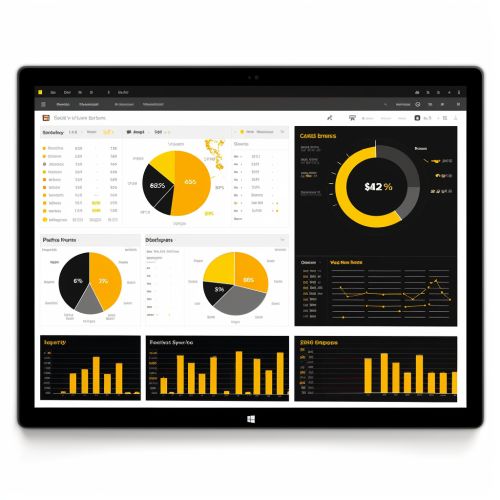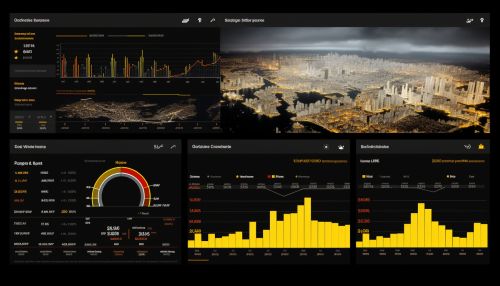Microsoft Power BI
Introduction
Microsoft Power BI is a business intelligence platform developed by Microsoft. It provides interactive visualizations and business intelligence capabilities with an interface that is easy to use for end users to create their own reports and dashboards.
History
Microsoft Power BI was first introduced in 2013 as a part of the Office 365 productivity suite. It was initially a collection of Excel add-ins that provided users with self-service BI capabilities. In 2015, Microsoft launched Power BI as a standalone product separate from Office 365. Since then, it has been continuously updated and improved, with new features and capabilities added regularly.


Features
Microsoft Power BI includes a range of features that enable users to explore, analyze, and visualize data. These features include:
Data Connectivity
Power BI can connect to a wide variety of data sources, from simple Excel spreadsheets to complex SQL databases, and cloud services like Azure SQL, SharePoint, and more. It also supports connectivity to big data sources like Hadoop and Spark, and real-time streaming data.
Data Transformation and Modeling
With Power BI's Query Editor, users can transform and shape data to meet their needs. This includes cleaning, transforming, and combining data from multiple sources. Power BI also includes a data modeling feature, which allows users to create relationships between different data sources, create calculated columns and measures using DAX formula language, and define hierarchies.
Data Visualization
Power BI provides a variety of data visualization tools, including charts, graphs, maps, and other visuals. Users can create interactive dashboards and reports that allow end users to drill down into the data for more detailed analysis. Power BI also supports custom visuals, allowing developers to create their own unique data visualizations.
Collaboration and Sharing
Power BI allows users to share their reports and dashboards with others, both within and outside their organization. This can be done through Power BI service, which is a cloud-based service that hosts Power BI reports and dashboards. Users can also publish their reports to the web, embed them in other applications, or share them via email.
Architecture
The architecture of Microsoft Power BI is composed of several components, including Power BI Desktop, Power BI Service, and Power BI Mobile.
Power BI Desktop
Power BI Desktop is a Windows application used for creating reports and dashboards. It provides a rich, interactive, and easy-to-use interface for data exploration, visualization, and report creation.
Power BI Service
Power BI Service, also known as Power BI cloud service, is a cloud-based platform that hosts Power BI reports and dashboards. It provides features for sharing, collaboration, and publishing of reports and dashboards.
Power BI Mobile
Power BI Mobile is a mobile application available for iOS and Android devices. It allows users to access and interact with their Power BI reports and dashboards on the go.
Use Cases
Microsoft Power BI can be used in a variety of scenarios, from simple data analysis to complex business intelligence tasks. Some common use cases include:
- Sales and marketing analysis: Power BI can be used to analyze sales data, track marketing campaigns, and gain insights into customer behavior.
- Financial analysis: Power BI can be used to analyze financial data, track performance against budget and forecasts, and identify trends and anomalies.
- Operations analysis: Power BI can be used to analyze operational data, track performance against KPIs, and identify areas for improvement.
- HR analysis: Power BI can be used to analyze HR data, track employee performance, and identify trends and patterns.
See Also
- Tableau - QlikView - SAP BusinessObjects
